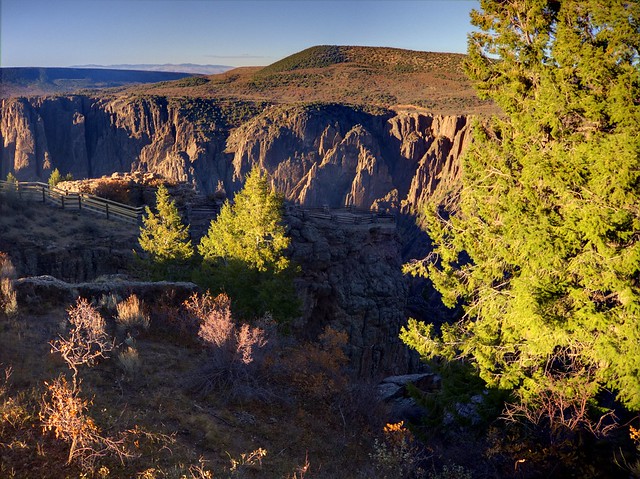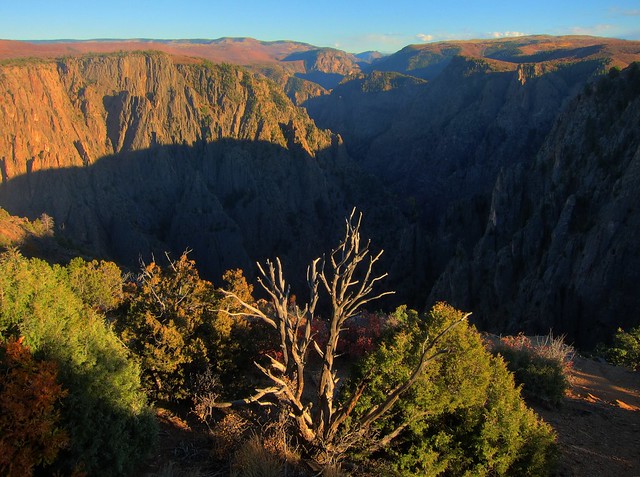100,000 Stars: Interactive 3D Visualization Of Our Galaxy
Are you ready to space out? 100,000 Stars is an interactive 3D map of our Milky Way Galaxy created by the folks over at Google. It accurately plots 100,000 local stars pulling data from a range of sources, including NASA, the European Space Agency (ESA), and the Bright Star Catalog.
100,000 Stars is an interactive visualization of the stellar neighborhood created for the Google Chrome web browser. It shows the real location of over 100,000 nearby stars. Zooming in reveals 87 individually identified stars and our solar system. The galaxy view is an artist’s rendition.
Instructions: Pan using your mouse and zoom in/out using your touchpad or mouse wheel. Click a star’s name to learn more about it.
Warning: Scientific accuracy is not guaranteed. Please do not use this visualization for interstellar navigation.
Be sure to take the tour. This is a WebGL Google Chrome Experiment, so it’ll run best on Chrome or Safari and with a decent graphics card. Damn nature, you pretty.

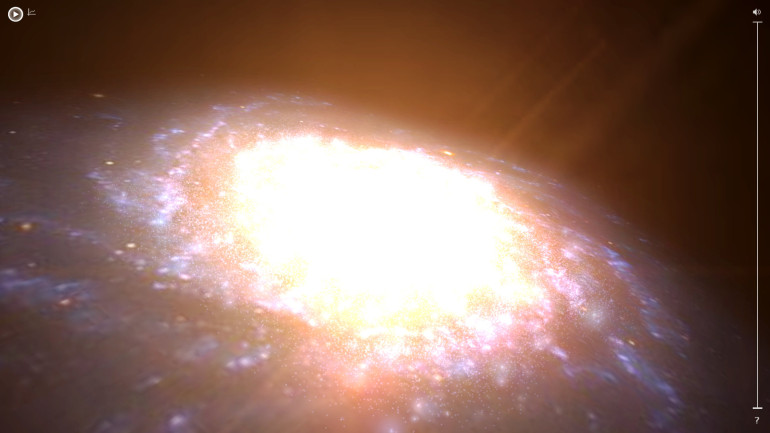
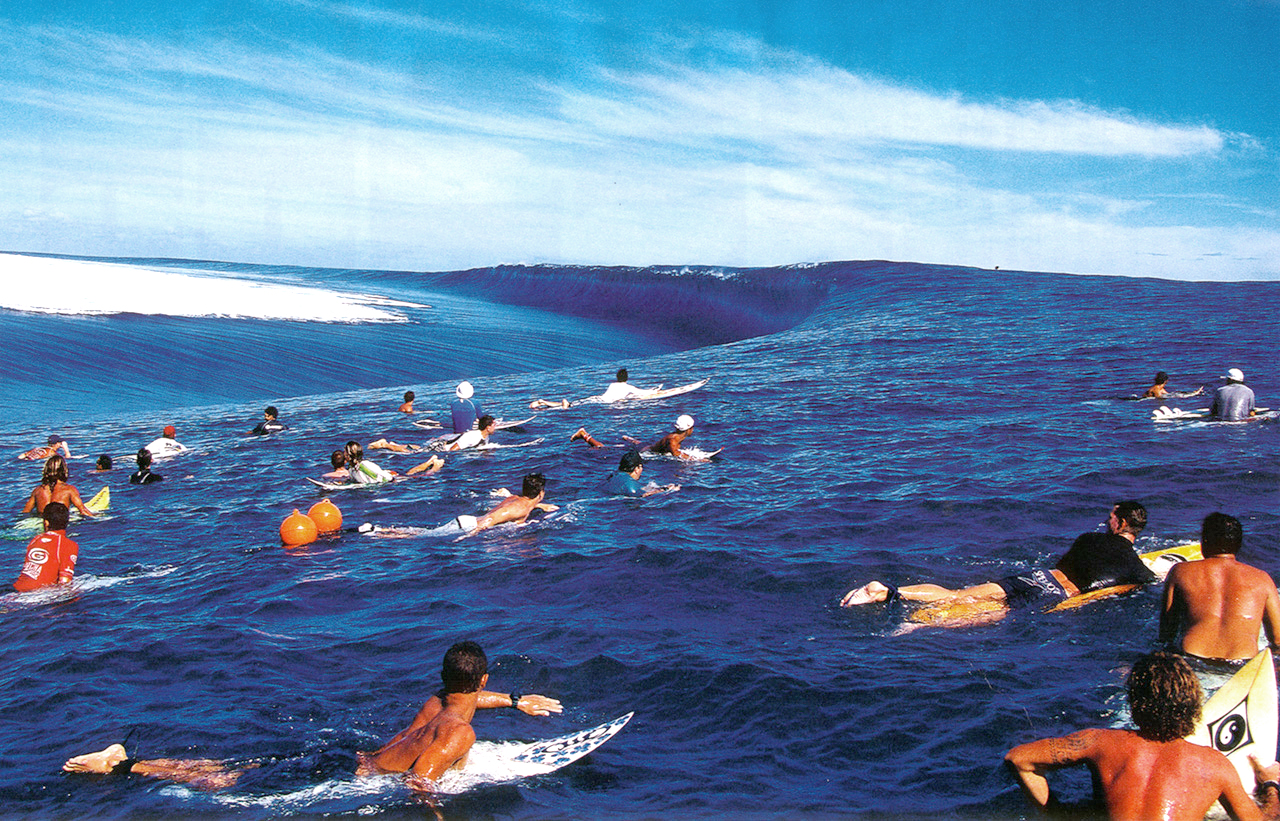

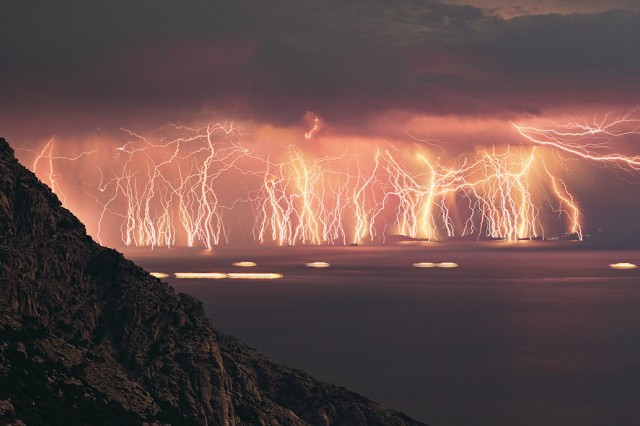
![image14[1] Lightning Strike](http://www.artifacting.com/blog/wp-content/uploads/2010/12/image141-640x425.jpg)
